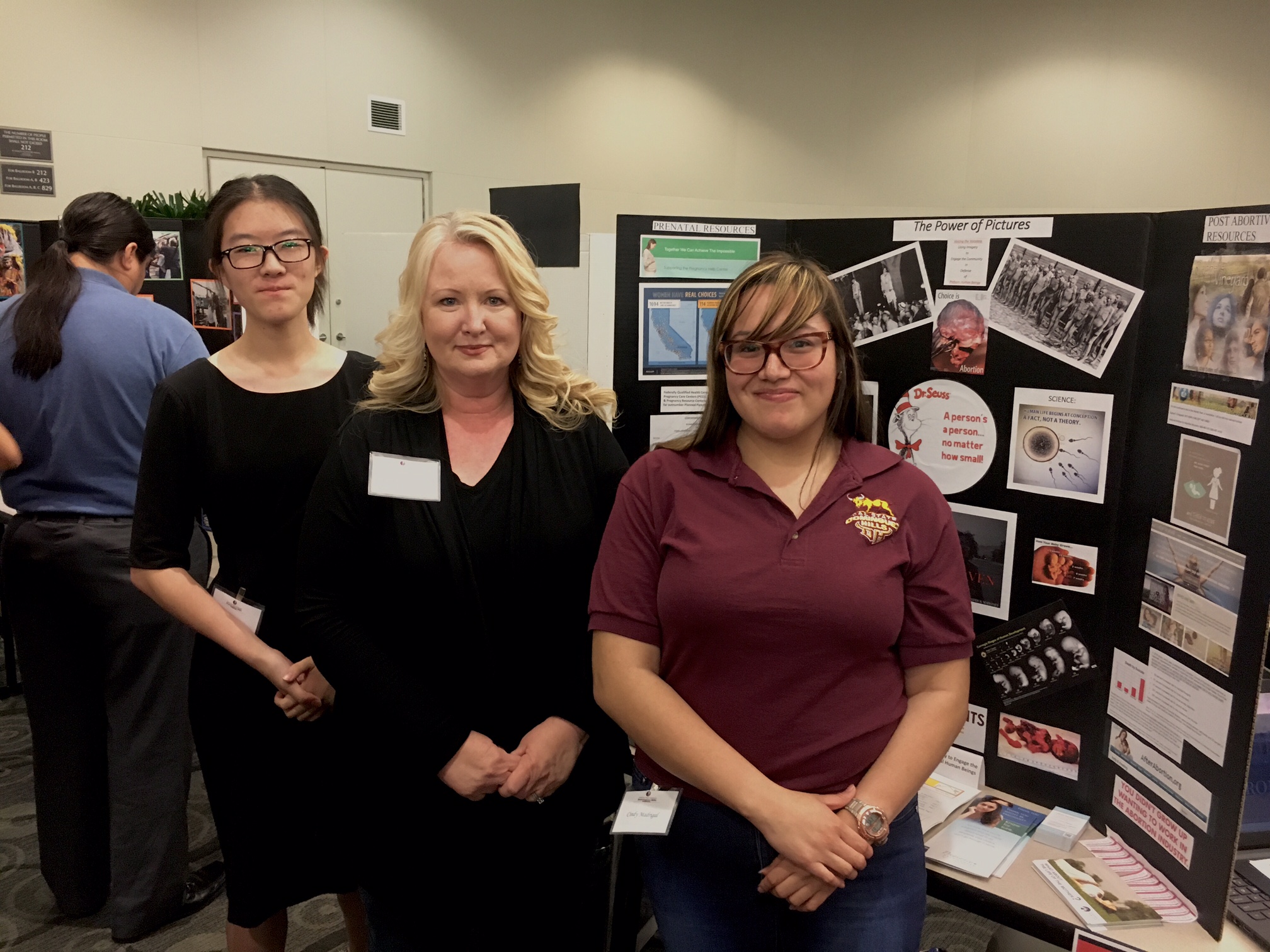By Joshua Samuel
Staff Writer
Anyone walking on the south side of campus can’t help but see it: the huge building being constructed just south of the Natural Science and Mathematics (NSM) building. Approved in late 2016 by the California State University Board of Trustees, groundbreaking on the $82 million, three-story 91,000-square-foot Center for Science and Innovation began in the spring, 2017 semester and construction is expected to finish in summer 2019.
From the earliest stages, students and the rest of the CSUDH community have heard that the new building will house more than 30 state-of-the-art science labs and classrooms that will allow innovative instruction in science and math education, as well as faculty research.
But while the big picture has been outlined, with terms like “high-tech classrooms,” and “mobile fab labs” mentioned, and we can all see the building taking shape, what is really going to be inside the building?
According to Philip LaPolt, the dean of the College of Natural and Behavioral Science, new designers and staff are working to inventory what “existing equipment will be moved and what new equipment will be needed. We don’t want to move over old equipment that will soon be obsolete.”
The high-tech labs, LaPolt said, will include “state-of-the-art temperature and lighting controls, safety features, instructional tools and laboratory equipment beyond what is found in the [NSM] building, which is over 40 years old.”

The Fabrication Lab in the Toyota Center for Innovation in STEM Education, is a “stationary version of the Mobile Fab Labs, with space and equipment for design, fabrication, assembly and prototyping,” LaPolt said.
As far as the high-tech classrooms in the new building, they will be “equipped with computer stations, projectors and monitors, along with mobile desks and seating that facilitate different styles of teaching and learning, much more flexible and tech-based than the rooms in the current NSM building,” LaPolt said.
In addition to the classrooms, LaPolt said there will be open meeting spaces called “Innovation Commons, where students and faculty can gather and interact with each other.” This fits into the thematic mission of the building as a whole, LaPolt said, which is to have “many different types of spaces that facilitate innovation, the generation of new knowledge, and learning.”
State-of-the-art research facilities will greet students and faculty in the biology, chemistry and biochemistry, and physics department LaPolt said. This will help faculty in those departments, working with students, to work with “research partners at other institutions and in industry, to generate new knowledge that has applications in a wide range of fields,” LaPolt said. “The new building will provide dedicated support spaces for tissue culture, microscopy, instrumentation, and other fields that will allow faculty to more easily conduct this important work.”
But don’t think the new building and all the high-tech equipment and labs will only be used by the best and brightest of science and math majors and faculty. The research and instructional labs “will be used primarily by CSUDH students from all areas of campus, including not just science majors but students taking general education science courses;” said LaPolt. “These spaces will also serve the community as part of our outreach activities.”
Part of that outreach is to invite students and teachers from local schools to experience The Toyota Center for Innovation in STEM Education.
“We want them to come and see how exciting science can be, and to see the possibility of one day having a career in science,” LaPolt said.
Once the new Science and Innovation building is open, the existing NSM building will eventually be renovated.
“The goal is to have an integrated science complex that involves the two buildings, also benefiting faculty, staff and students in those departments not moving to the new Science and Innovation building,” LaPolt said.
“I am very excited,” said assistant professor of chemistry, Kenneth Rodriguez. “I was a student here from 1996-2001 and was always in the old building. To see the new building is a wonderful opportunity. The building will give opportunities for students, even graduate students in their fields.”

